If you’re running a business without a website, you’re already falling behind. Whether you’re a plumber, electrician, landscaper, HVAC technician or even run a mobile car wash, your website is your modern-day shopfront. It’s where people go to check if you’re credible, reliable and worth contacting—long before they ever call or message you.
Here’s what a solid website brings to the table:
-
It Brings in Leads While You’re Off the Clock
A well-built website doesn’t sleep. With features like contact forms, quote request pages and tap-to-call buttons, it can turn visitors into leads without you lifting a finger. -
It Helps You Get Found Locally
When someone searches for something like “boiler repair near me,” your website—especially one set up with local SEO in mind—can help you appear in those results and stand out from the competition. -
It Builds Trust Straight Away
Clean design, clear messaging, testimonials and real photos of your team all help reassure potential customers that you’re professional and dependable. -
It Lets You Control the Story
Unlike social media or review platforms, your website is your space. You choose the photos, write the words and shape the way people see your business.
If you’re relying on a Facebook page alone, it’s probably not enough. Most customers will still look for a proper website to confirm your business is genuine.
Contents
- What Every Trade or Service Website Needs
- Which Website Builder Should You Use?
- What Pages Should Your Website Include?
- How to Make Your Website Actually Work for You
- How to Get Found on Google: SEO Basics for Local Businesses
- How to Turn Visitors Into Leads
- Common Website Mistakes (and How to Avoid Them)
- Final Checklist: Before You Launch Your Website
- Keeping Your Website Updated
- Connect Your Website to Fieldmotion
- Final Thoughts: Just Get Started
Fieldmotion Brochure
See how Fieldmotion helps field service teams manage jobs, schedule staff, create invoices, and communicate with customers — all from one easy-to-use system.
What Every Trade or Service Website Needs
There’s no shortage of websites out there, but not all of them work. If you want your site to actually bring in customers—not just sit there looking pretty—it needs to include a few key elements.
Here’s what every field service business website should have, based on real examples and what actually works for small businesses.
1. A Clear, Straightforward Homepage
Your homepage needs to answer three things straight away:
-
Who are you?
-
What do you do?
-
Where do you work?
Don’t make people dig around for the basics. This is also the place to highlight what makes your business stand out. Maybe it’s your fast response times, years of experience, eco-friendly approach, or simple, honest pricing.
Tip: Use real photos. Show your team, your vans, your tools—anything that proves you’re the real deal. Stock images look nice, but they don’t build trust.
2. Obvious Calls to Action
Every page on your website should tell visitors what to do next. That might be:
-
Book a quote
-
Call now
-
Request a callback
-
Schedule a visit
Make the buttons big, easy to spot, and frequent—especially for mobile users. If people have to scroll too far or hunt around to get in touch, they’ll probably give up.
3. Detailed Service Pages
Don’t just say, “We offer maintenance and repairs.” Be specific. Each service should have its own page or section that explains:
-
What the service includes
-
Who it’s suitable for
-
The benefits
-
Common questions people ask
-
Photos of your team doing the job
This helps potential customers understand what you offer and builds confidence. It also helps with SEO—Google loves detailed, focused content.
4. An ‘About’ Page That Feels Personal
People want to know who they’re hiring. Your ‘About’ page should give a quick overview of how you got started, your values, and your team. It doesn’t need to be long—just honest and human.
Sharing your story helps you stand out from the bigger, faceless companies. It shows that you care about the work and the people behind it.
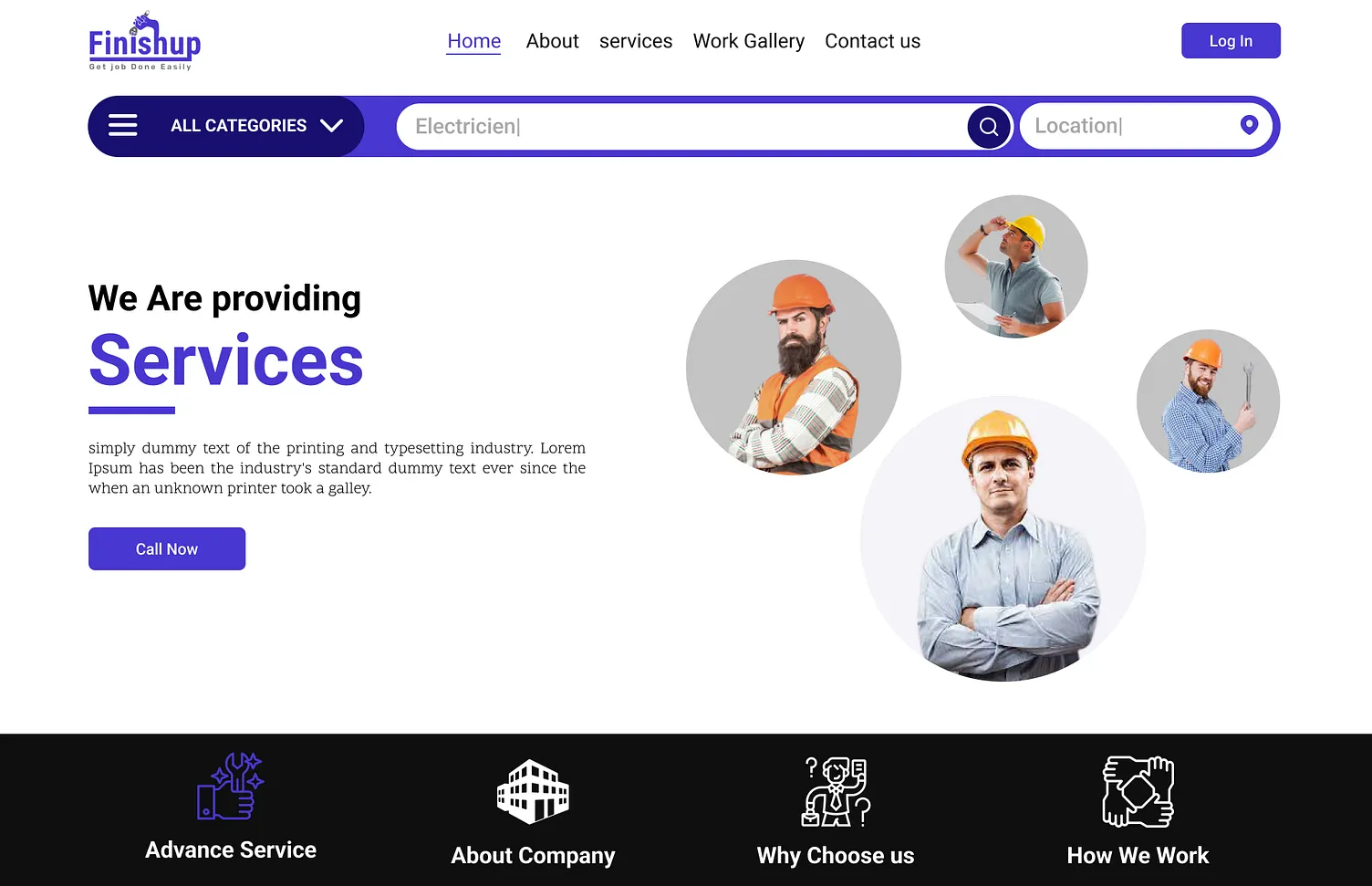
Which Website Builder Should You Use?
Even if you’ve never built a website before, getting online is easier than ever. You don’t need to hire a pricey web agency or learn how to code. These days, there are simple tools that let you build a great-looking site yourself—just by dragging and dropping.
Here are some of the best options for small and local service businesses:
Wix
Wix is ideal if you want something quick and straightforward.
-
Easy drag-and-drop builder
-
Mobile-friendly templates
-
Affordable monthly plans
-
Built-in forms and galleries
-
A solid choice for solo trades or small teams
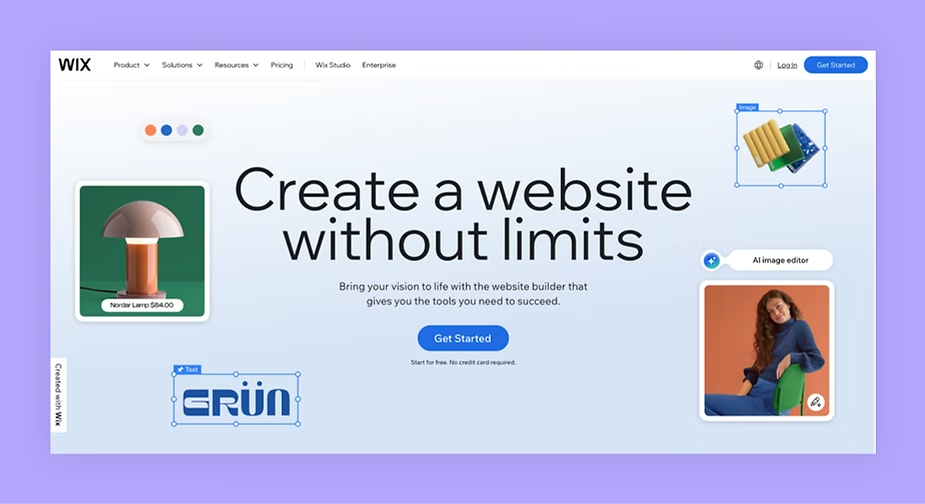
Squarespace
Known for its clean, modern designs, Squarespace is easy to work with and looks great.
-
User-friendly editor
-
Smart templates built for service-based businesses
-
Built-in SEO tools and analytics
-
Ideal for businesses where visuals matter, like landscaping, decorating or cleaning

WordPress with Elementor
If you want more flexibility and room to grow, this combo is worth a look.
-
More control over layout and features
-
Ideal if you plan to blog or expand your site over time
-
Slight learning curve, but lots of online tutorials
-
Requires separate hosting (look into SiteGround, Bluehost or Kinsta)
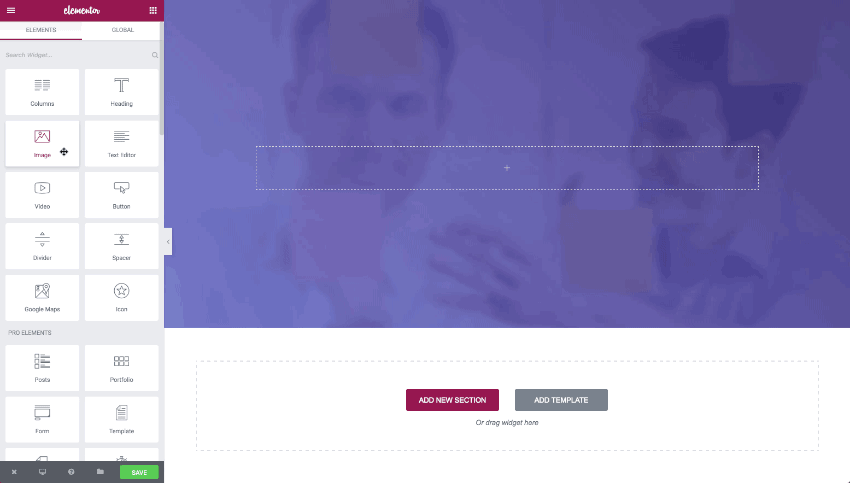
What About Google’s Free Website Option?
If you just need something up fast, Google offers a free website through your Business Profile. It’s fine as a short-term solution—but limited in what you can customise. Best to treat it as a placeholder until you can build something stronger.
What Pages Should Your Website Include?
If you want your website to actually bring in leads—not just look the part—it needs more than just a homepage. These are the core pages every field service business should have:
Homepage
Your homepage should clearly explain what you do, where you work, and why someone should choose your business. Think of it as your first impression—make it count.
Services Page (or Separate Pages for Each Service)
Break down each main service you offer. Don’t just list them—explain what’s involved, who it’s for, and why it matters. This also helps your site show up in search results when someone Googles things like “boiler repair in Galway” or “gutter cleaning near me”.
Contact Page
Make it easy for people to get in touch. Include:
-
A phone number (make sure it’s clickable for mobile users)
-
A simple contact form
-
Your email address
-
Your office location or a map showing the areas you serve
About Page
Tell people who you are and why you do what you do. Share a bit about your background, values, and the team behind the business. This helps build trust and separates you from faceless competitors.
Testimonials or Reviews
Positive feedback from real customers goes a long way. Include short quotes, photos of finished work, and even screenshots from Google reviews if you have them.
Gallery or Portfolio
Show off your work. Whether it’s a new bathroom, a clean roof, or a polished garden, real images of real jobs help customers feel confident you can deliver.
FAQs
Answer the common questions upfront. This could include:
-
How quickly can you come out?
-
Do you offer free quotes?
-
What areas do you cover?
-
Are you insured?
Answering these early removes uncertainty and helps people take the next step.
Learn more: What is Website Architecture? 8 Easy Ways to Improve Your Site Structuring
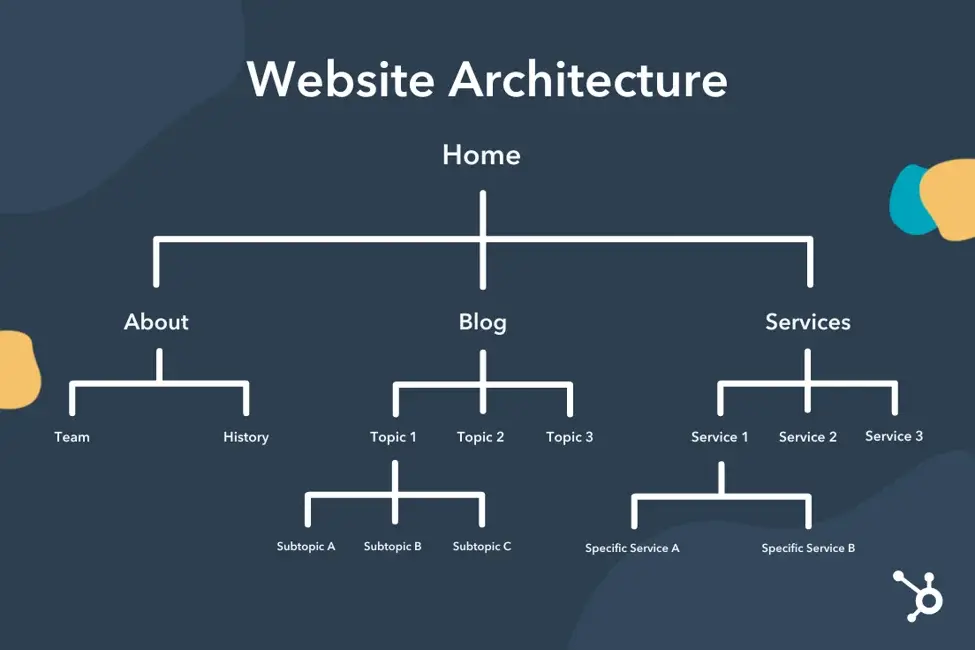
How to Make Your Website Actually Work for You
It’s not enough to simply have a website—it needs to pull its weight by bringing in leads and helping people take action. Here’s how to make sure your site is doing the job properly:
Mobile-Friendly Design
Most people will visit your site from their phone, not a laptop. So your site needs to load quickly, be easy to scroll through, and work well on smaller screens. Most website builders include a mobile preview—make sure to use it before publishing.
Clear, Simple Messaging
Avoid technical jargon or vague language. Write the way you’d speak to a customer in person. Be direct, be specific, and focus on what your service actually does for them.
Instead of something like:
“We provide general contracting and infrastructure services”
Try:
“We build sturdy garden walls that last for years”
This kind of clarity makes it easier for customers to know exactly what you do—and why they should hire you.
Target the Right Locations
Mention the areas you serve across your homepage and service pages. Whether it’s specific towns, counties or postcodes, this helps your website appear when locals search for services in your area. It’s a small change that can have a big impact on visibility.

How to Get Found on Google: SEO Basics for Local Businesses
You don’t need to be an expert in SEO (Search Engine Optimisation), but knowing a few basics can make a big difference. A properly set up website helps your business appear when local customers are searching for the exact services you offer.
Here’s where to start:
1. Use Keywords That Real People Search For
Think about what your customers would type into Google—not the technical terms you might use.
For example, people are more likely to search for:
“boiler repair Cork” rather than “certified heating engineer”
Or “gutter cleaning Portlaoise” instead of “domestic exterior maintenance”
Use these natural, location-based phrases across your homepage, service pages, and in your page titles. It helps Google match your site to real searches.
2. Include Your Service Areas Throughout Your Site
Make it clear where you work. Mention the towns, counties, or areas you serve in:
-
Page titles and headings
-
Your website footer
-
The “About” and “Contact” pages
-
Meta titles and descriptions (your web builder or SEO tool can help with this)
This tells Google you’re a local business and makes it more likely you’ll appear in local search results.
3. Link Your Website to Your Google Business Profile
If you haven’t already set up a Google Business Profile (formerly Google My Business), do that first. Then make sure it links to your website and stays up to date with:
-
Opening hours
-
Service areas
-
Photos of your work or team
-
A list of services you offer
-
Reviews from customers
This is key for showing up in the local map results on Google, which often appear above standard listings.
4. Add Descriptive Text to Your Images
When uploading photos to your website, give each one a short, clear description—this is called “alt text.” It’s not just for accessibility; it also helps Google understand what’s on your site.
Examples:
-
“Newly installed heat pump in Dublin”
-
“Roof repair project in Clonmel, County Tipperary”
It’s a small detail, but it supports your SEO efforts and makes your site more visible in image search as well.

How to Turn Visitors Into Leads
Getting people onto your website is a great start—but it’s only half the job. The next step is to turn that interest into action, whether that’s a call, a booking or an enquiry.
Here’s how to encourage more visitors to get in touch:
1. Make Phone Numbers Clickable
If someone’s viewing your site on their phone (which most will be), they should be able to tap your number and call straight away. Use clear buttons with phrases like:
-
“Tap to Call”
-
“Request a Callback”
-
“Get a Free Quote”
Make sure these are easy to find on every page, especially near the top of your homepage and service pages.
2. Keep Contact Forms Short and Simple
Don’t overcomplicate things. The more fields you ask people to fill out, the less likely they are to complete the form.
Stick to the basics:
-
Name
-
Phone number
-
A short message or job description
If you want to include optional fields, consider things like postcode or preferred time to be contacted—but keep them optional.
3. Offer Something That Encourages Action
A small incentive can make a big difference in getting people to reach out. You don’t need anything flashy—just something that adds value or sets expectations.
Ideas include:
-
“Free call-out this month”
-
“10% off for new customers”
-
“We’ll return your call within 30 minutes”
Even a simple promise like that last one shows that you’re responsive and reliable—two things customers are looking for.
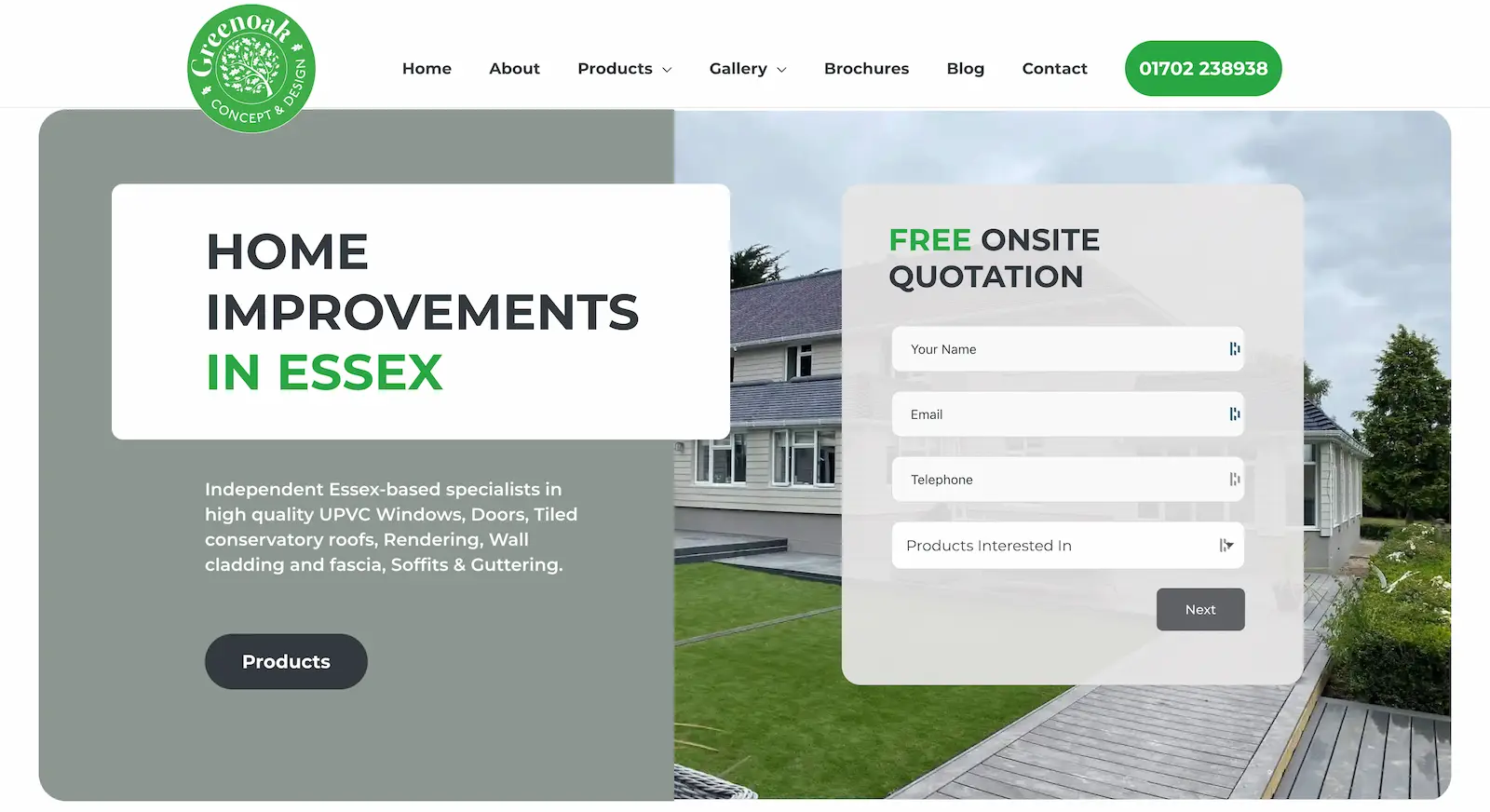
Common Website Mistakes (and How to Avoid Them)
Even with the right tools and intentions, it’s easy to fall into a few traps when building your site. These mistakes can hurt your credibility or cost you leads—so it’s worth checking your site against this list.
| Mistake | Why It’s a Problem |
|---|---|
| No mobile optimisation | Most people will visit your site on their phone. If it’s hard to use, they’ll leave. |
| Outdated design | A tired-looking site can make people think your business is behind the times too. |
| No photos of your work | People want to see real examples before they decide to book—images build trust. |
| Long, dull paragraphs | Web visitors scan quickly. Keep your writing short, clear, and focused on the customer. |
| No clear call to action | If it’s not obvious what to do next, most visitors will simply leave the page. |
Avoiding these issues can make the difference between someone clicking away or picking up the phone.

Final Checklist: Before You Launch Your Website
Before you hit publish, run through this quick checklist to make sure your site is ready to go. These essentials help your site look professional, work properly, and convert visitors into real leads.
Core Pages
-
Homepage clearly explains who you are, what you do, and where you operate
-
Individual service pages or clear service sections
-
Contact page with a working form and visible phone number
-
About page with your story or a team introduction
-
Testimonials or Google reviews
-
Gallery with project photos or examples of your work
-
FAQs or useful info for first-time customers
Technical Setup
-
Mobile-friendly layout (test it on your phone)
-
Fast loading speed
-
Clickable phone numbers and clear calls to action
-
Linked to your Google Business Profile
-
SEO basics covered: keywords, headings, and image descriptions (alt text)
Trust Signals
-
Real photos of your team, vehicles or recent work
-
Business address and contact number listed
-
Logos or badges for relevant trade bodies, insurance or accreditations
-
Opening hours clearly displayed
Keeping Your Website Updated (Without It Becoming a Full-Time Job)
You don’t need to be updating your website every week, but it does need to stay current. A stale site can hurt your rankings and leave customers confused.
Here’s a simple maintenance schedule that won’t take up much time:
- Every month:
Check for new customer reviews and update your testimonials section. - Every three months:
Add a few recent job photos or project examples to your gallery. - Every six months:
Test your contact forms and phone numbers to make sure everything still works. - Once a year:
Review your service descriptions, pricing details, and any outdated content.
Set a recurring reminder in your calendar so it doesn’t get forgotten. A quick check-in now and then can keep your site running smoothly and looking professional.

Connect Your Website to Fieldmotion for a Smarter Workflow
Once your website is live, you can take things a step further by linking it to your Fieldmotion CRM (via API). This helps streamline your lead management and makes sure no enquiries slip through the cracks.
With Fieldmotion connected:
-
Enquiries from your website go straight into your system
-
You can track where each lead comes from
-
Follow-up calls and call-back requests are never missed
-
Automated messages can confirm bookings or appointments
-
You get a clear view of your pipeline—from first contact to completed job
Instead of just being a static online brochure, your website becomes part of a complete, automated system that helps you win more work with less hassle.
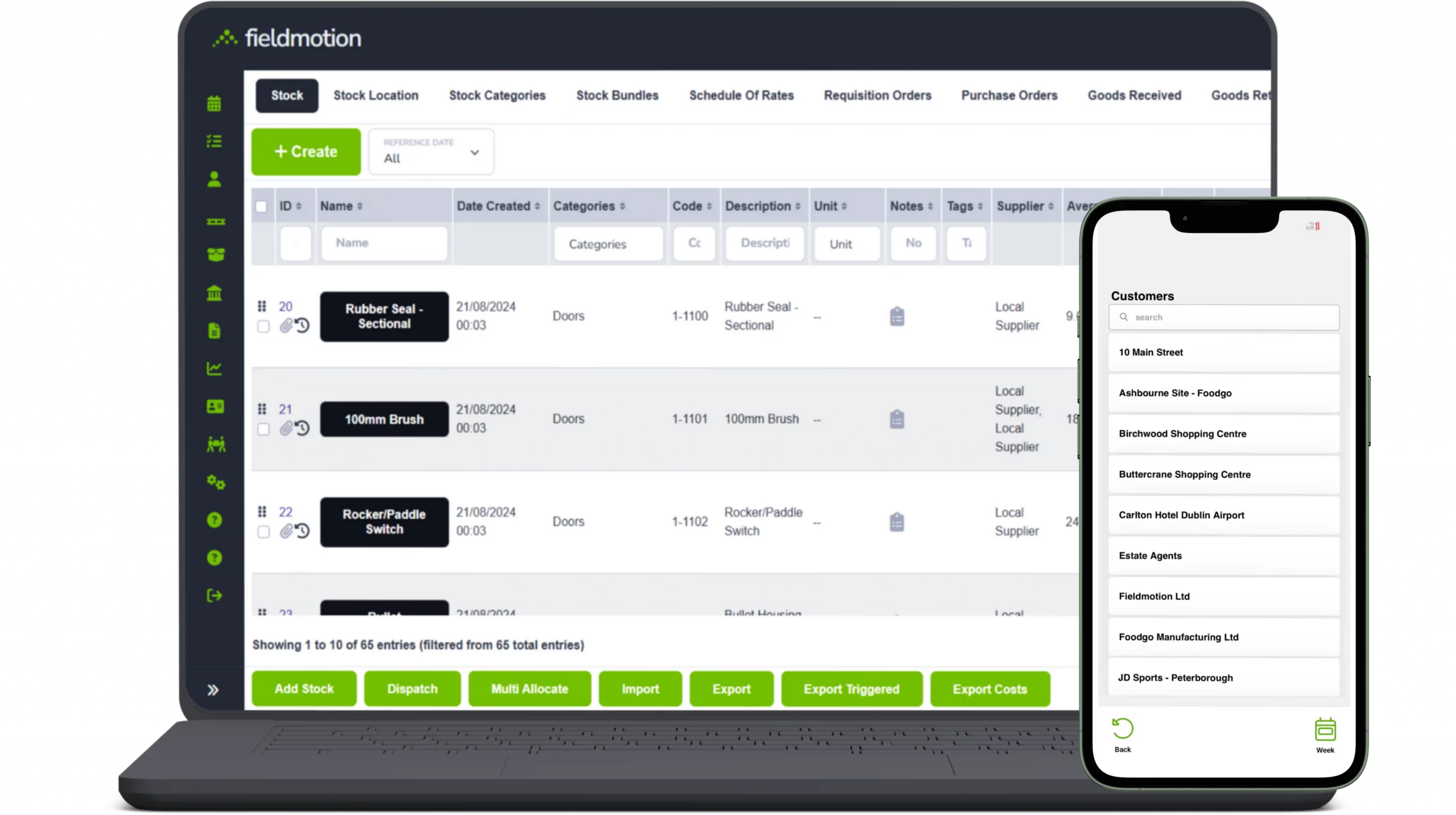
Final Thoughts: Just Get Started
Don’t wait for everything to be perfect. You don’t need a fancy, complicated site to start seeing results. Customers are looking online—and they’ll often choose the business that’s easiest to find and quickest to contact.
If your website is clear, mobile-friendly, and includes your services, location, and contact details, you’re already ahead of many competitors.
The best time to launch your site was yesterday. The next best time is now.




